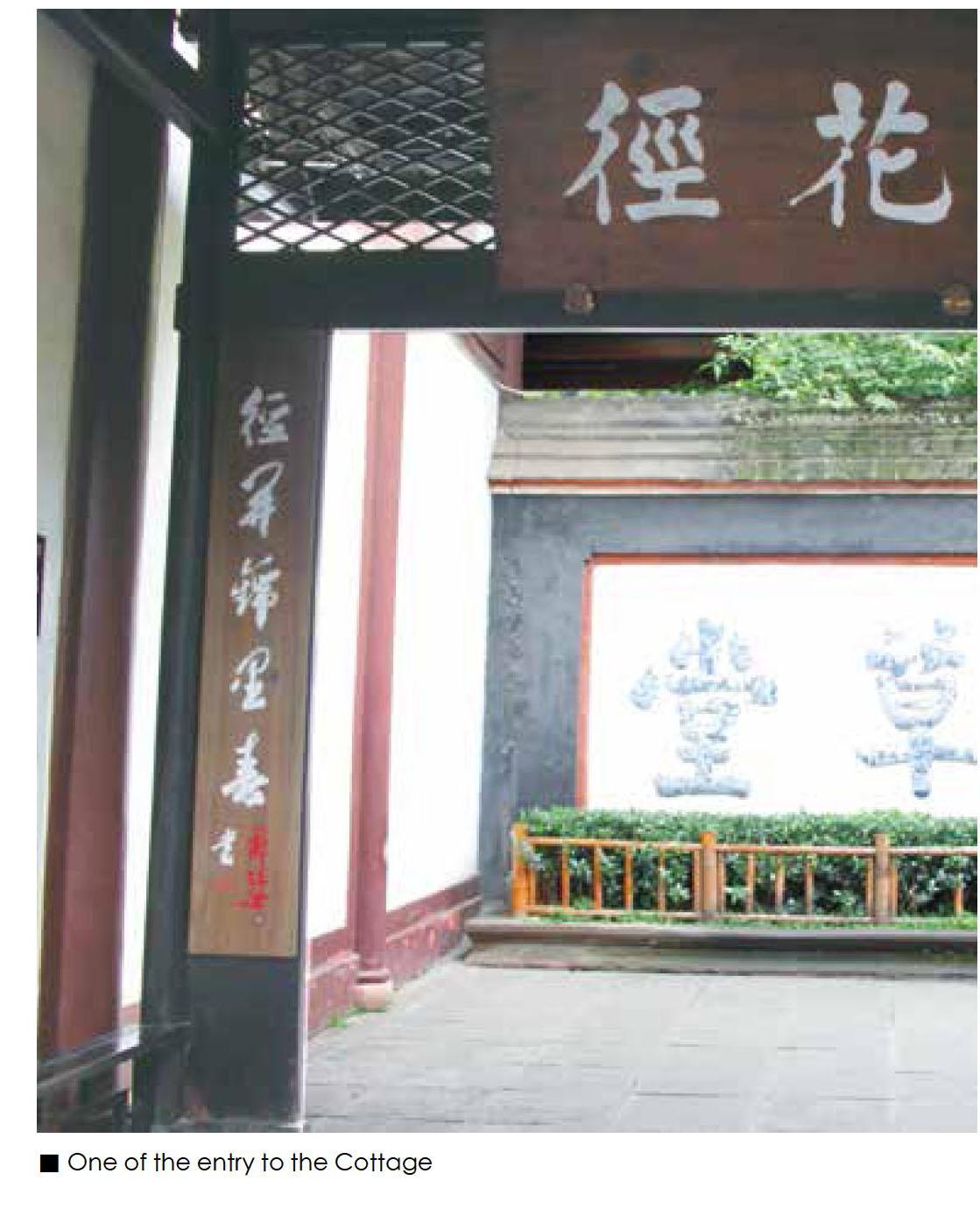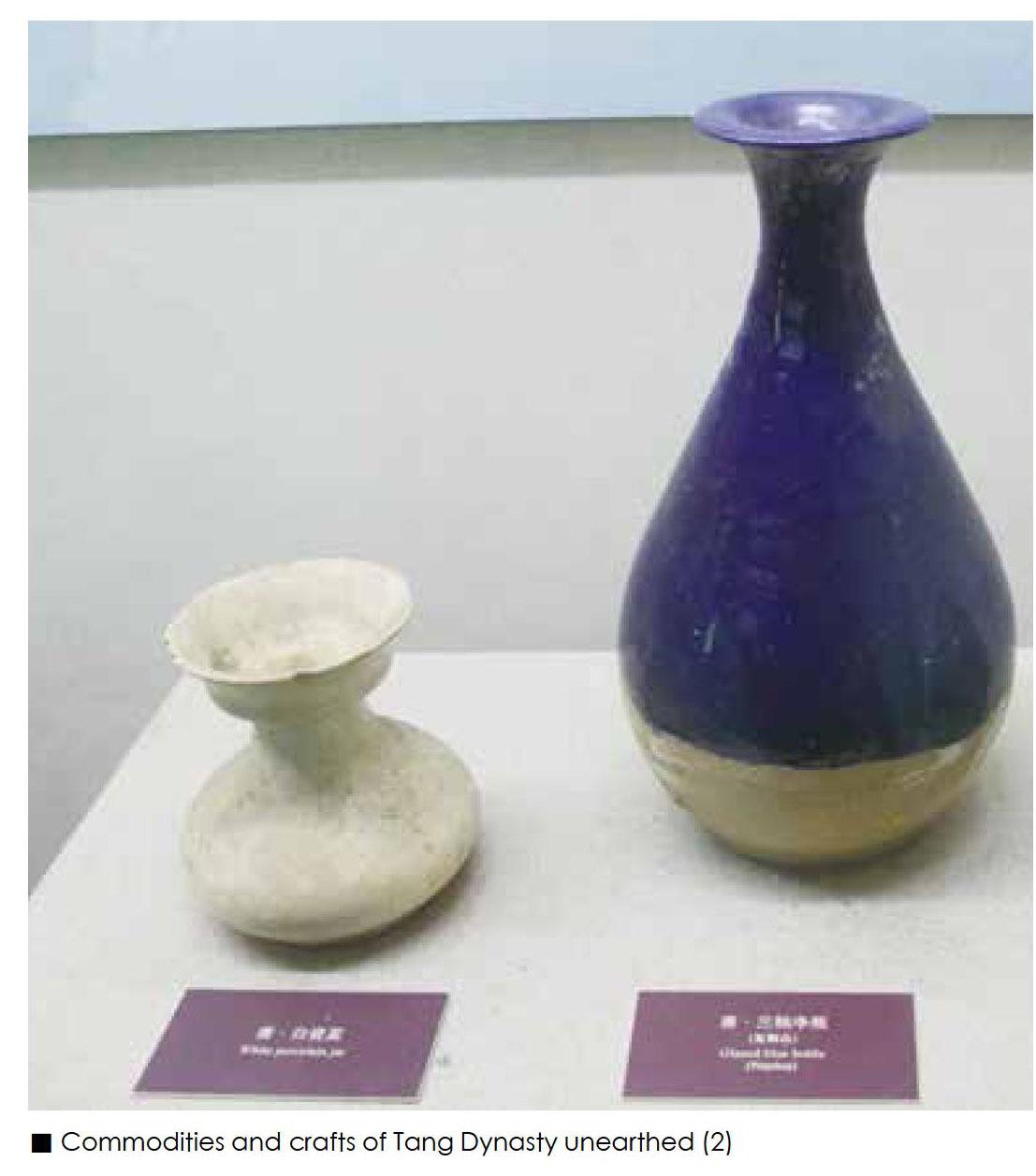City of Museums
2021-09-09XieZongming
Xie Zongming



Every museum is a school, teaching people about certain culture. In this sense, Chengdu is a university with a wide range of schools. The population to museums ratio in Chengdu was 102,000 to 1, which is close to that of the developed countries. Because of the Sichuan Basin, other parts of China had trouble communicating with Sichuan, for which people developed different cultures and the historic relics have survived the wars for thousands of years.
Best place to learn local history:
Chengdu Museum
Chengdu Museum is a comprehensive museum about Sichuan and Chengdu history. The museum presents an all-around permanent exhibition of Sichuan relics from as early as the Pre-Qin period (The Paleolithic to 221 BC) to as late as the Qing Dynasty (1636 AD-1912 AD). Walking among the artifacts feels as if going for a time travel, where you can witness the unique culture in the relics of the Shu (Sichuan) region as well as the development of the crafting technique as time went by. People here once had a prosperous bronze culture with unique mythology.
For relics before Tang Dynasty (618 AD-907 AD), it is better to look for the background story instead of the appearance, for the history and mythology in this period was as fantastic as the best fictions. Only that these stories are evidenced by historical artifacts. The ancient Sanxingdui civilization masks and the Golden Ring of the Divine Sunbird tell you the story of Shus mysterious 3 founding Emperors and their solar-worshiping religion which are as epic as the Greek mythology; statues of Han Dynasty (202 BC-220 AD) chants the history of Liu Bang, the founding Emperor of Han Dynasty who started the rebellion in Chengdu against Xiang Yu, the famous overlord that overthrown the powerful Qin Dynasty (221 BC-207 BC), presenting a real-life Game of Thrones. To history-fanciers, the hall of this period is not just attractive, but rather addictive.
Eulogy for the most loyal:
Memorial Temple for the Marquis of Wu
Because of the novel Romance of the Three Kingdoms, the Three Kingdom period (220 AD-280 AD) at the end of the Eastern Han Dynasty (25 AD-220 AD) has become popular across East Asia, and since 1925 when Brewitt-Talyor translated it, this historic period went popular in both the East and the West. One of the famous figures in this period is Zhuge Liang, Chancellor of Shu. Though he had the power as a regent and the ability to make him an Emperor, he chose to serve the young Emperor for life and died of tiredness. His admirable loyalty for the Emperor and the efforts for the state won him the applause of the people. The temple was built in memory of this Marquis of Wu (Liangs title).
The temple is not only for Liang but also for Liu Bei (the founding father of Shu state) and his sworn brothers, Guan Yu and Zhang Fei, which makes this place the only temple across China in memory of both the Emperor and the Chancellor. The temple area is like an open-air museum, where you can visit the temples for the history of figures in the Shu state and the relics of this period. The well-known Memorial on Sending Out the Troops by Liang, along with other literary inscriptions can be seen in the museums. There are also gardens for sightseeing in case the visitors get overwhelmed by the intense history and the serious atmosphere.
Patriotism well written:
Dufu Thatched Cottage
Du Fu was a poet in the Tang Dynasty. He was in a situation similar to that of Confucius, whose work wasnt greatly appreciated during his lifetime or immediately after his death, but highly praised by the later critics. Du Fu lived in the crossroad of the Tang Dynasty. When Du Fu was young, the Empire was at its prime. He was confident and enthusiastic about the future. However, he witnessed the An Lushan Rebellion, the devastated Empire, and most importantly, the sufferings of people. His famous 6 poems, the three about officials and the three about parting, were written in this period. It was these cruel experiences that raised his patriotism and his care for the people.
His thatched cottage was built during the rebellion when he tried to keep himself from the rebels. The cottage was later abandoned and occupied by the local officials concubine, for which the place has reserved many other Tang relics along with Du Fus. The cottage has been through countless disasters and rebuilds. The cottage today is a memorial garden and museum for Du Fu, exhibiting Tang relics, inscriptions of Du Fus poems, and Du Fus life traces including wells and the building foundation. Visitors could gain detailed information of Du Fu as well as the Tang artifacts and commodities. Plus, there is a cottage replica following the Tang style to present the authentic living environment of Du Fu for visitors to experience.
